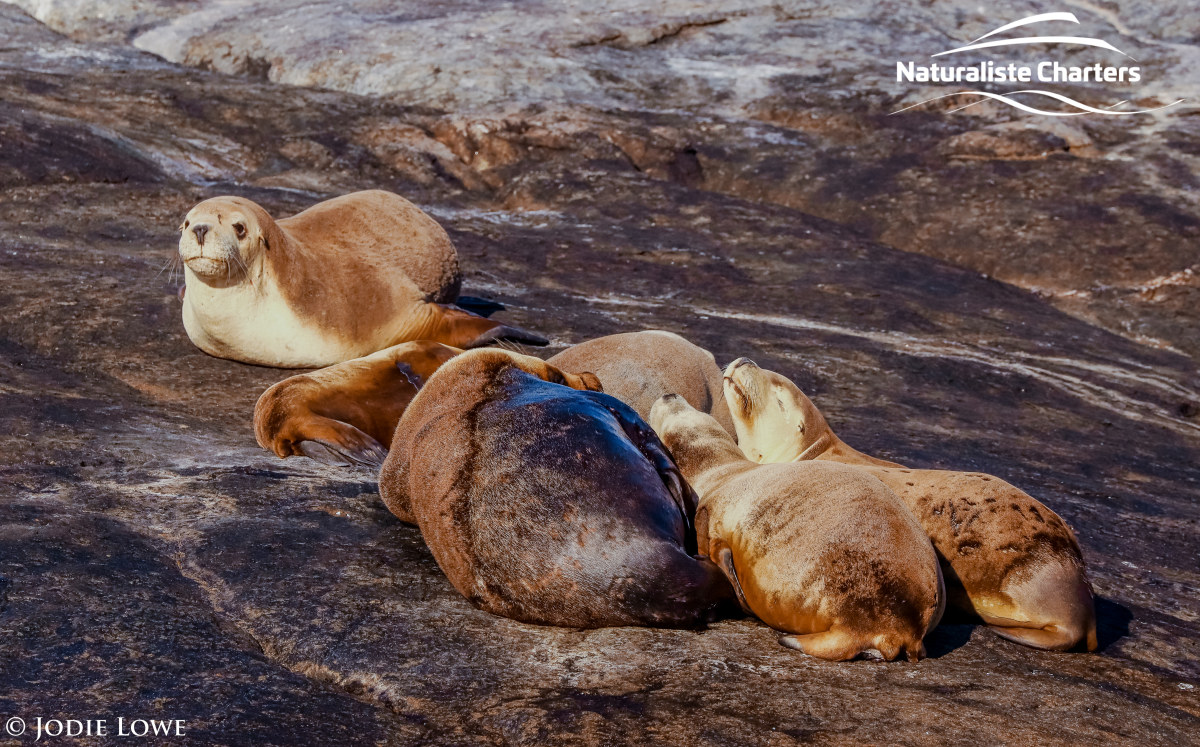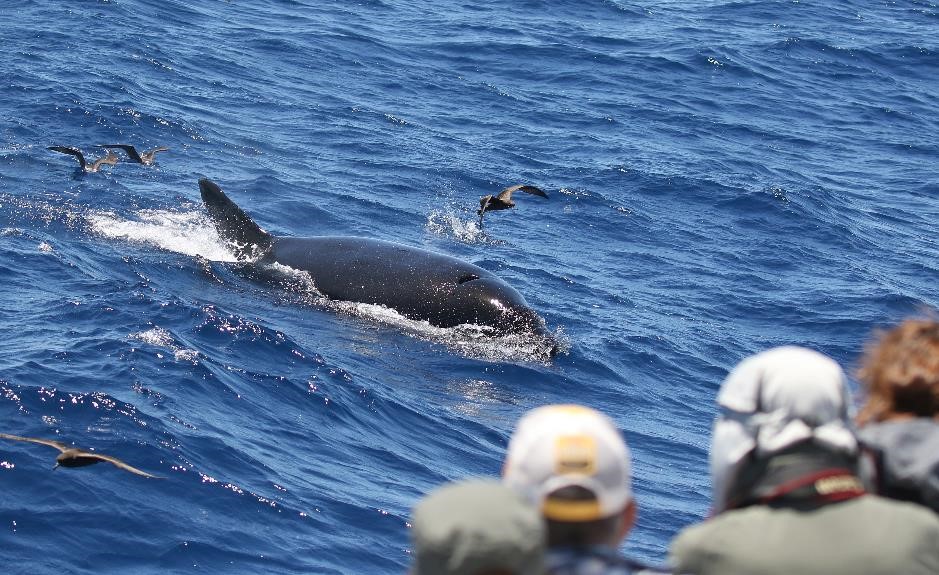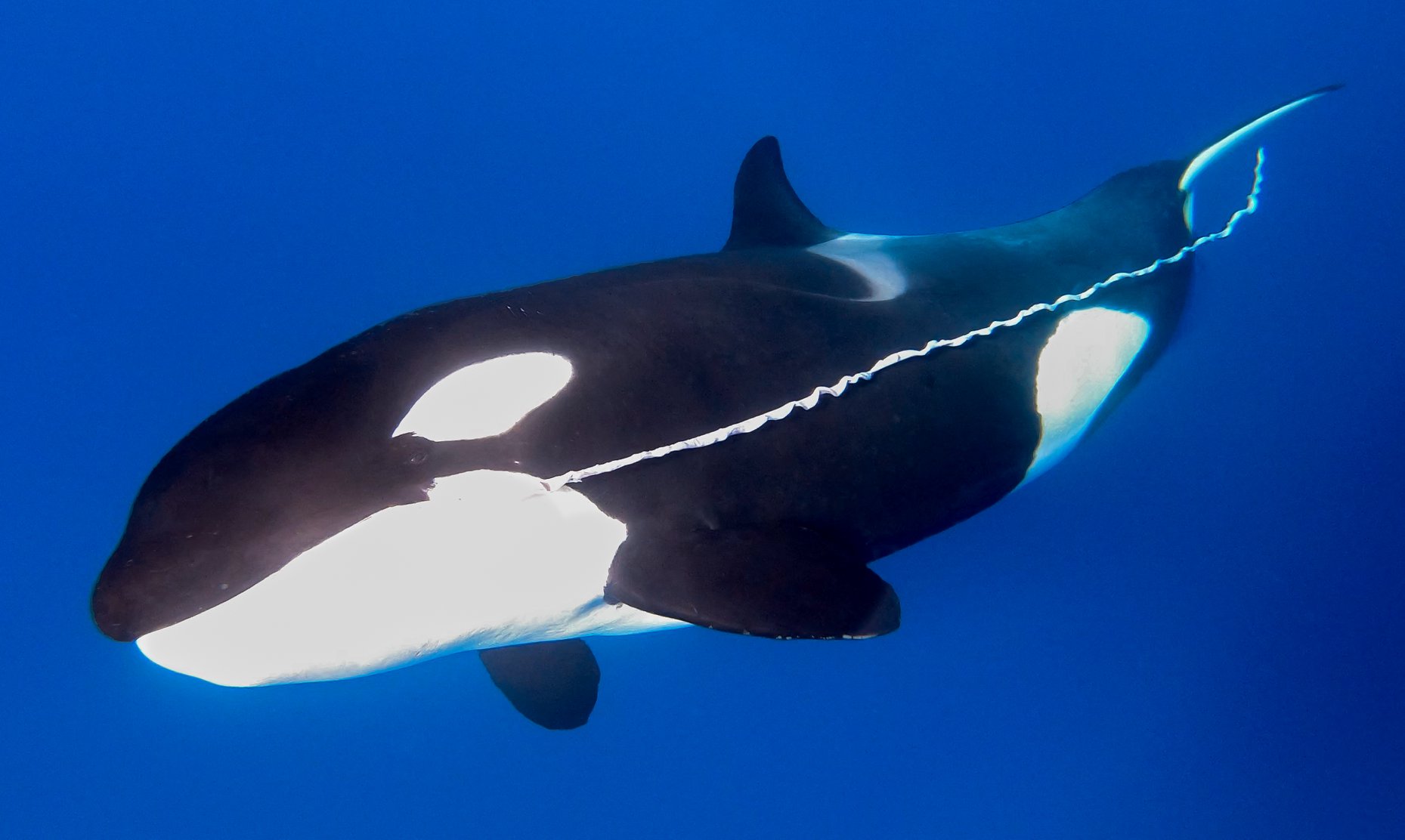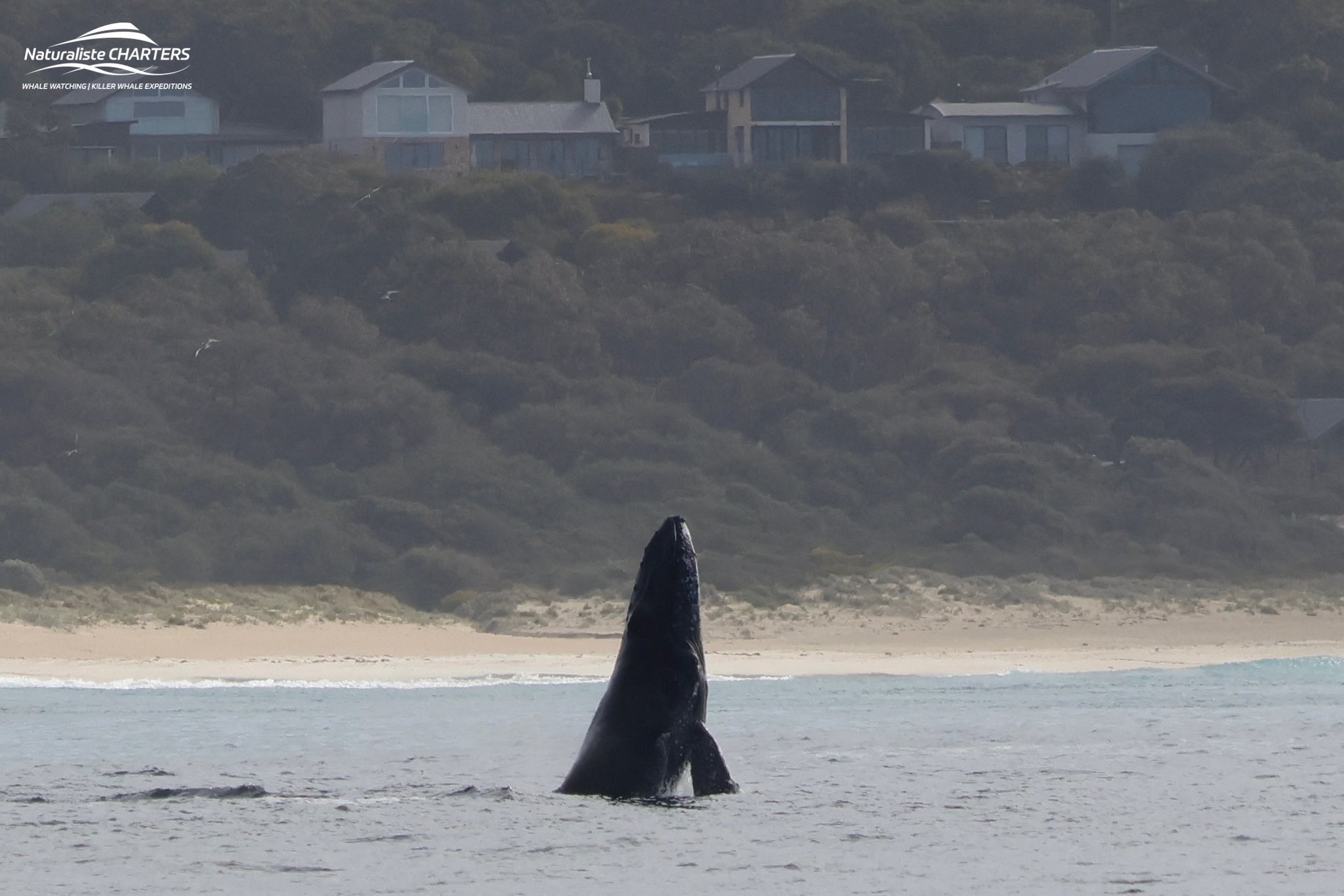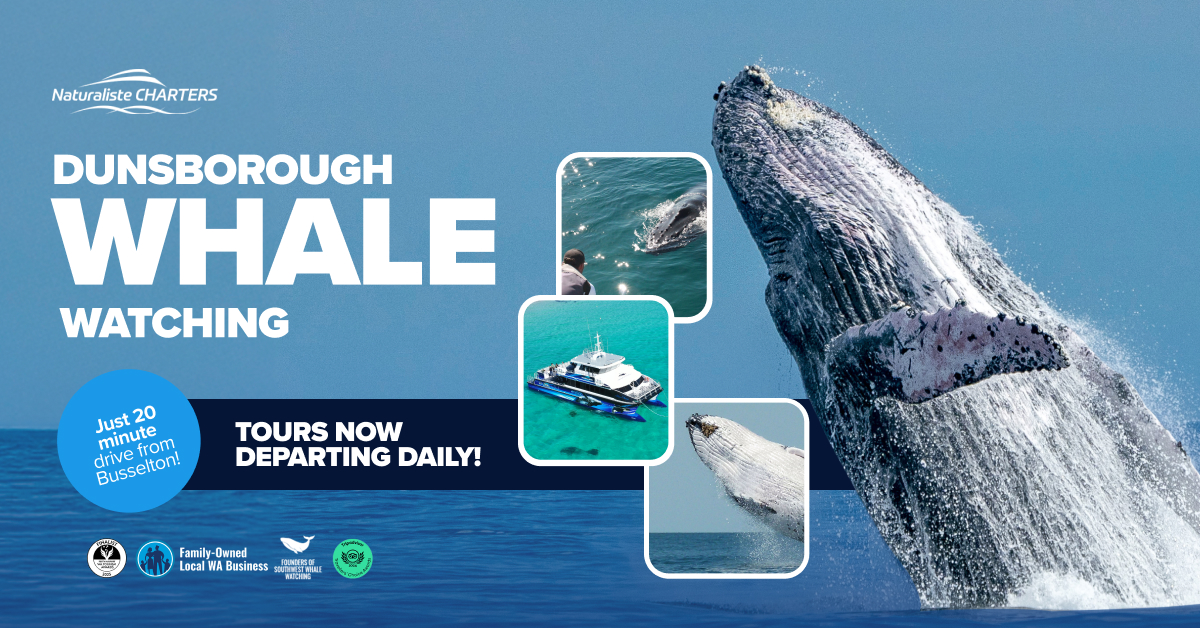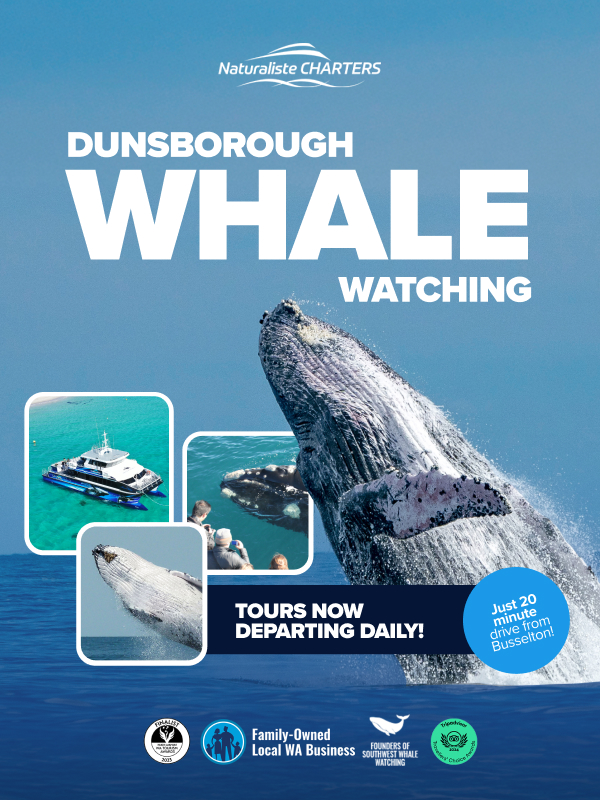Hi there, its Brooke and Jennah, the two marine biologist interns who have been lucky enough to be aboard with Naturaliste Charters this week. It’s been a strange week out on the Bremer Canyon. The tour was cancelled on Monday due to bad weather and then from Tuesday onwards we had icy cold winds blowing in across the southern ocean from Antarctica. With very mild sea and swell conditions, it would have been the perfect time to take the tinny out for a fish and to be boating but unfortunately the orcas weren’t playing along!
Over their time in the canyon the Naturaliste Charters crew have noticed a pattern that with calm weather usually comes calm whales. Orcas seem to prefer to hunt in wild conditions using calmer days to rest. This means that even though they may still be in the area, they become extremely hard to spot as their blows are much less prominent and rather than being visible from up to 2km away, you have to basically land on top of them.
We did manage to run into some Orca on a couple of occasions throughout the week, however these pods were not identified as regulars. Even though it was a quiet few days on the Orca front, the calm weather allowed us to easily spot other species such as a pod of Pilot Whales, a little Fur Seal, a hunting Hammerhead shark, and an abundance of bird species including the Wandering Albatross which has the largest wingspan of any bird (up to 3m). We were also treated with multiple Sperm Whale sightings – more than we could even count! We even managed to get up close enough to one that our onboard photographers were able to photograph it’s tail fluke as it dove down to hunt for deep sea Giant Squid. Sperm Whales can hold their breath for up to 1.5 hours and dive to depths of 2000m returning to the surface for periods of up to 20 minutes to ‘rebreathe’ which allows them to replenish their Oxygen stores in their muscles for their next deep dive.
We were then able to upload these tail fluke images to HappyWhale, an online citizen science database which uses artificial intelligence to identify different individuals through photo ID (Geotagging) to track their movements/migration paths around the globe. If you have images of whales and want to do more with them, sign up to the free website. Or even just check out the website for amazing international whale science!
We have big hopes for tomorrow as the winds are picking up to 11knts. We’re happy that we’ve had a cruisey week to find our sea legs and hope that after a few quiet days the Orcas will be hungry and ready to put on a show for us all tomorrow!
Thanks to Naturaliste Charters for having us and we hope to see you next year!
Brooke and Jennah
- orcas bremer bay
- killer whale watching australia

